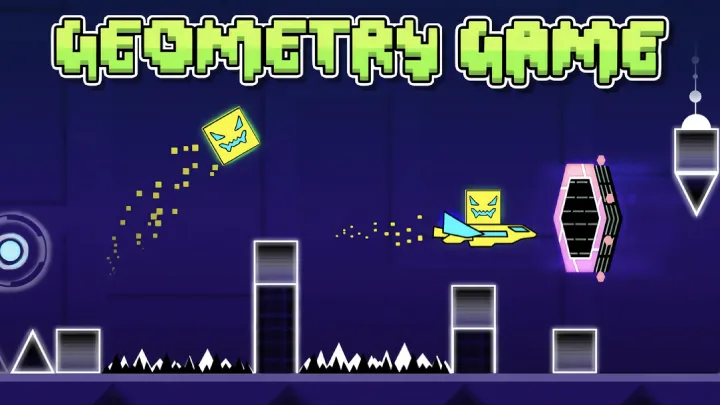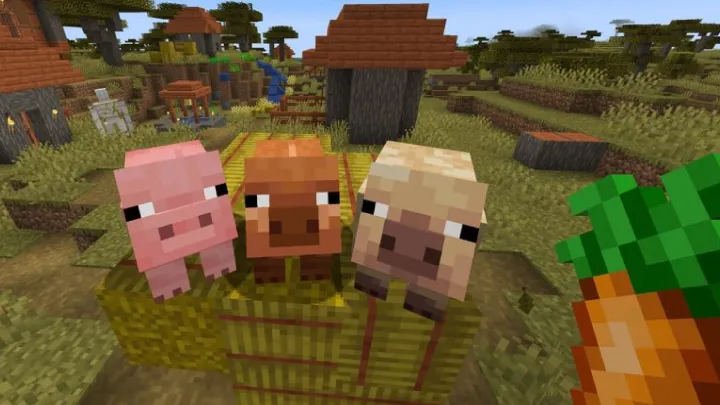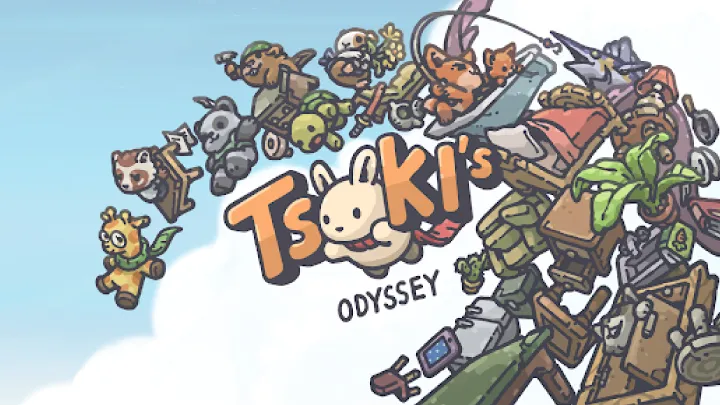Geometry Dash, at first glance, appears to be a simple rhythm-based platformer, a seemingly straightforward test of reflexes. However, beneath its vibrant, neon-drenched exterior and pulsating soundtrack lies a brutal and demanding masterclass in muscle memory, timing, and psychological resilience. For the casual player, the game is a frustrating cycle of failure and frustration; for the expert, it is a meditative dance between sound and sight, a continuous journey of self-improvement. This guide is not intended for the faint of heart or the impatient. It is a comprehensive manual for those who have dared to venture beyond the basic levels and seek to conquer the most challenging, custom-created gauntlets. We will dissect the core mechanics, reveal the secrets of flawless execution, and provide a framework for developing the mental fortitude required to overcome the impossible. This is not a tutorial on how to beat a single level; it is a blueprint for becoming a true master of the game.
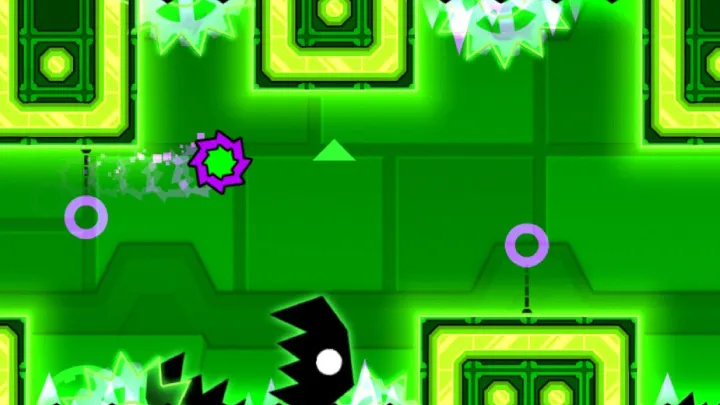
The Core Philosophy: The Mindset of the Master
To truly excel at Geometry Dash, you must first reframe your relationship with the game. It is not an adversary to be defeated, but a teacher to be learned from. Your mindset is your most powerful tool.
The first principle is to embrace failure as feedback, not as a final judgment. Every spike you hit, every jump you mistime, is a piece of data. An amateur gets angry and quits. An expert analyzes the mistake. Did I click too early? Too late? Was my rhythm off? By viewing each death as a puzzle to be solved, you transform a frustrating experience into a productive one.
Secondly, you must master the art of patience and perseverance. Progress in Geometry Dash is not linear. You will spend hours, even days, on a single section of a level. The master understands that this is part of the process. They do not get discouraged by a lack of visible progress; they trust the process of repetition and the gradual development of muscle memory.
Thirdly, you must treat the game as a rhythmic and musical experience. The levels are not just a random assortment of obstacles; they are meticulously timed to the beat of the soundtrack. An expert does not just react to what they see; they feel the rhythm of the level in their body. They learn to time their clicks with the music, using the audio cues as a secondary layer of information to guide their movements.
Part 1: The Foundational Mechanics - Beyond the Basics
Before we can discuss advanced strategies, we must ensure a complete mastery of the core mechanics. Do not assume you know them just because you have beaten a few levels.
1. The Cube: The most fundamental form. Your clicks control a single jump. The expert understands that the duration of a click matters. A quick tap results in a small hop, while holding the button results in a full jump. This nuance is critical for navigating tight spaces and a series of small obstacles.
2. The Ship: The ship's controls are more subtle. A click makes the ship fly up, and releasing the button makes it fall down. The expert learns to "feather" the clicks—a rapid series of small taps—to maintain a precise altitude. They can navigate a corridor of spikes with a continuous, controlled ascent and descent, rather than a series of abrupt movements.
3. The Ball: This is the first mode that requires a change in fundamental timing. A click reverses gravity. The expert learns to anticipate the switch, clicking slightly before a new platform appears to ensure a smooth transition. They also understand the nuances of the ball's momentum, using gravity to gain speed or slow down for tricky sections.
4. The UFO: Similar to the ship, but with a unique rhythmic challenge. Each click provides a burst of upward momentum, and the expert learns to time these bursts to navigate a series of vertical obstacles. This is less about continuous control and more about a series of perfectly timed, isolated clicks.
5. The Wave: This is often the most difficult mode for new players. A click sends the wave upward, and releasing it sends it downward. The expert, however, sees the Wave as the most elegant and fluid form. They learn to ride the line between up and down with a single, continuous, subtle hold of the button. This is where the rhythmic mastery of the game truly shines.
6. The Robot: The robot, while appearing similar to the cube, has a unique ability: a long jump. The expert player knows when to use a quick tap for a small hop and when to hold for a long jump. They also understand the importance of timing their releases to land precisely on the next platform.
7. The Spider: The spider is a teleportation mechanic. A click immediately teleports the spider to the next surface, and the expert learns to time these teleports with precision. This mode is less about fluid movement and more about a series of instantaneous, perfectly timed clicks.
Part 2: Practice and Perseverance - The Expert's Training Regimen
Success in Geometry Dash is a direct result of the hours you put into practice. The master player doesn't just play; they train.
1. The Power of Practice Mode: Practice Mode is not a crutch; it is your training ground. An expert uses it to dissect a level.
- Break It Down: Divide a difficult level into smaller, manageable sections.
- Repetition: Practice each section until you can complete it flawlessly, 10 to 20 times in a row, without a single mistake.
- Analyze Your Mistakes: Use the "replay" feature in the editor to see exactly where you went wrong. Did you miss a jump by a single pixel? Were you a millisecond too late on a click? This granular analysis is what separates a good player from a great one.
2. The Start Position and Checkpoints: Do not rely on the checkpoints. The expert player understands that the only true way to master a level is to beat it from the beginning. They use the start position feature to practice the most difficult sections over and over again. They also understand that a flawless run often begins with a flawless first 10 seconds. They practice the start of a level until it becomes second nature.
3. The Mentality of the Grind: You will get frustrated. This is a given. The expert player, however, has a system for dealing with this frustration. They take a break. They listen to the level's music in a non-stressful environment. They come back to the level with a clear mind and a renewed sense of purpose. They understand that pushing through frustration can often lead to more mistakes.
Part 3: Advanced Strategies and Level Analysis
A master player doesn't just play the level; they read it. They understand the visual cues, the hidden secrets, and the psychological traps laid by the level creator.
1. Reading the Level: A good level creator leaves subtle cues. The expert player looks for:
- Visual Guides: Do the spikes form a clear path? Does a set of platforms follow a rhythmic pattern?
- Audio Cues: Does a sound effect, like a clap or a beat drop, coincide with a crucial jump or teleport? The expert learns to listen for these cues.
- The "Flow": Every good level has a "flow." It moves at a certain pace, with a certain rhythm. The expert understands this flow and learns to ride it, rather than fight against it.
2. The Art of the "Click Pattern": The most difficult levels in the game often require a specific "click pattern" for a difficult section. An expert player doesn't just randomly click; they memorize a sequence of clicks and their timing. They turn a chaotic series of obstacles into a repeatable, rhythmic pattern.
3. Psychology and Traps: Level creators often lay traps for players who are not paying attention. The expert player learns to recognize:
- Fake Spikes: Spikes that appear dangerous but are actually harmless.
- Invisible Portals: Portals that change the game mode without a visible warning.
- Decoys: Paths that appear to be the correct way but are actually a dead end.
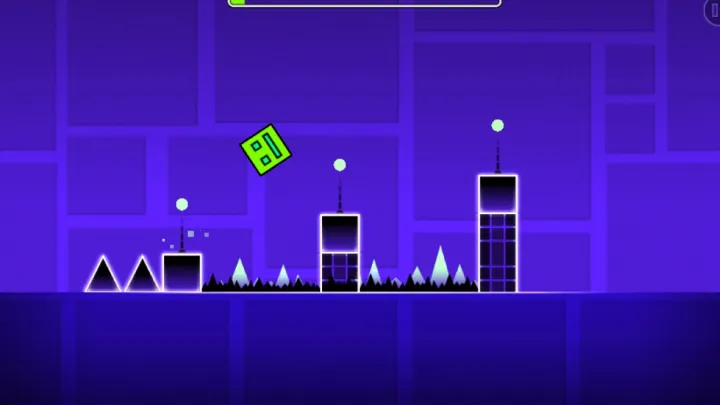
Part 4: The Endgame - Creating Your Own Levels
The final step in a master's journey is to become a creator themselves. By building your own levels, you gain a deeper understanding of the game's mechanics, its visual language, and the psychology of its players.
1. The Editor as a Laboratory: The level editor is not just a tool for creation; it is a tool for learning. By placing obstacles, timing jumps, and designing a "flow," you begin to understand the intricate relationships between geometry and rhythm.
2. The Art of the "Good Flow": A good level is a good piece of music. It has a build-up, a crescendo, and a satisfying conclusion. It is fun to play and it is challenging, but it is not impossible. The expert learns to create this flow, building levels that are both aesthetically pleasing and rewarding to conquer.
In conclusion, Geometry Dash is not just a game; it is a discipline. It requires a unique blend of technical skill, mental fortitude, and a deep, almost spiritual, connection to the music. By adopting the mindset of the master, embracing failure, training with purpose, and analyzing every detail, you can move beyond the frustration and discover the immense satisfaction of conquering the seemingly unconquerable. The path is long, the spikes are many, but with the right mindset, you will find your rhythm and overcome the impossible.









